Understanding the Role of RF Diplexers and Duplexers in Communication Systems #
Temwell Corporation, with over 25 years of expertise, specializes in the design and manufacture of customized RF diplexers and duplexers. These components are essential for ensuring efficient and reliable signal transmission and reception in modern communication systems, including 5G, satellite, and VHF/UHF applications.
Why Choose Custom RF Diplexers and Duplexers? #
-
Customization Capabilities
Temwell offers tailored solutions for frequency adjustments, isolation, attenuation, and impedance modifications. Whether for 5G, satellite communications, or advanced RF systems, each product is engineered to meet specific requirements. -
High Isolation and Power Handling
The RF diplexers and duplexers provide exceptional isolation (up to 60dB+) and can handle power levels exceeding 100W, making them suitable for demanding environments. -
End-to-End Service
From initial consultation to custom design and production, Temwell delivers a seamless experience for clients seeking specialized RF solutions.
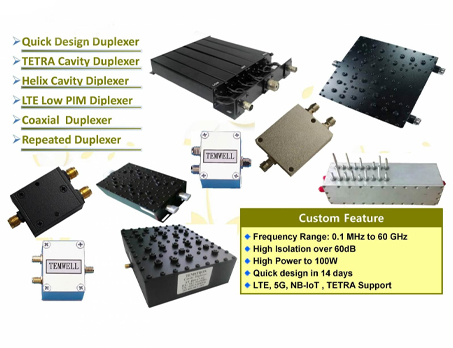
What Are Diplexers and Duplexers? #
Both diplexers and duplexers are three-port RF components commonly used in transmitter, receiver, and transceiver circuits for communications, radar, and sensing applications within the VHF and UHF bands. Their primary function is to enable simultaneous transmission and reception of two signal frequency bands (from VHF to UHF) through a single antenna or transmission line, using frequency division via high-pass, low-pass, or band-pass filtering. Signals outside the designated bands are treated as noise and are isolated or removed.
Typically, these components are connected directly to the antenna terminal, processing incoming signals and directing them to the appropriate equipment.
Key Functions in RF Systems #
Diplexers and duplexers are vital in wireless communication systems, allowing devices to transmit and receive simultaneously without additional hardware. This not only makes equipment more compact and efficient but also ensures effective isolation between transmitting and receiving signals, preventing mutual interference and enhancing system stability—especially in dense wireless environments. Duplexers also maximize spectrum utilization by enabling bidirectional communication on the same frequency, improving overall system efficiency and performance.
Advantages of Using Diplexers and Duplexers #
-
Simplified System Architecture
By allowing two-way communication on the same frequency, these components eliminate the need for extra equipment, streamlining system design and reducing complexity. -
Enhanced Efficiency
Effective isolation of transmit and receive signals prevents interference, ensuring stable and reliable communication and boosting system performance. -
Cost Reduction
The ability to use the same frequency for both directions reduces the need for additional spectrum resources and hardware, lowering overall system costs.
Application Scenarios #
- Mobile Communication: Enables mobile phones to transmit and receive signals simultaneously, supporting voice calls and data transmission without interference.
- Satellite Communications: Essential for ground stations communicating with multiple satellites, allowing simultaneous transmission and reception for broad coverage.
- 5G Base Stations: Supports high-frequency, high-speed data transmission and low-latency communication, enabling base stations to serve multiple users and switch between frequency bands efficiently.
Product Series Overview #
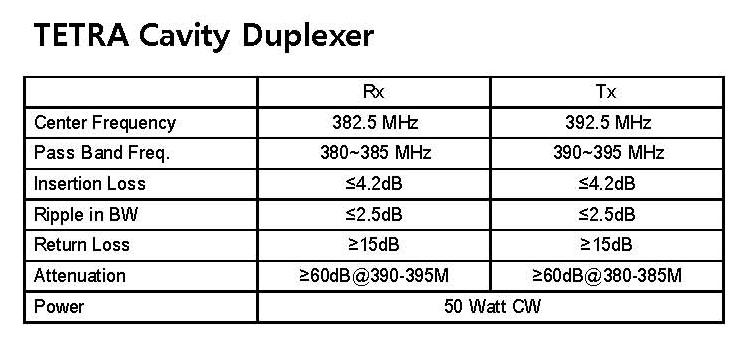
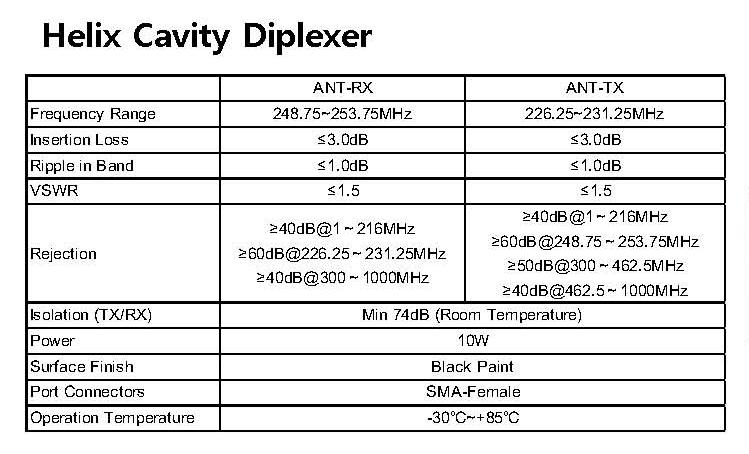

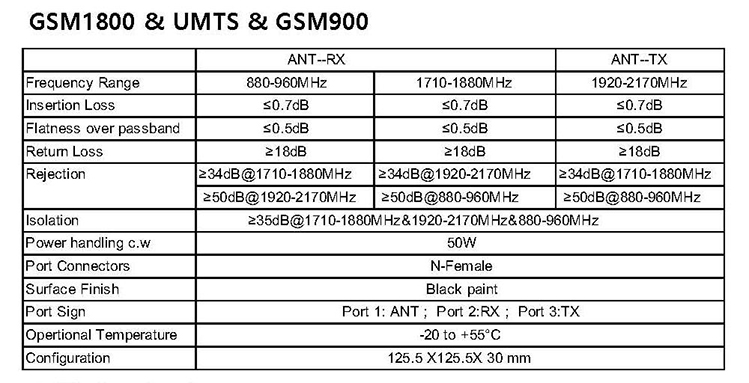
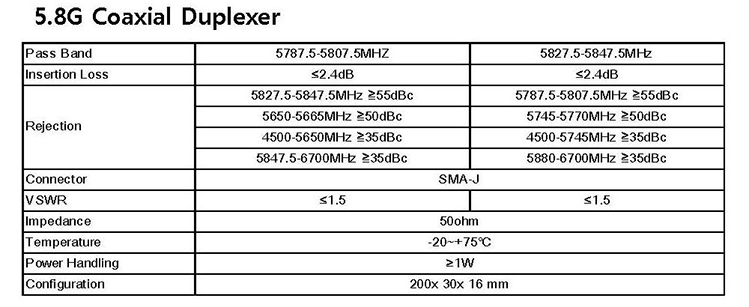
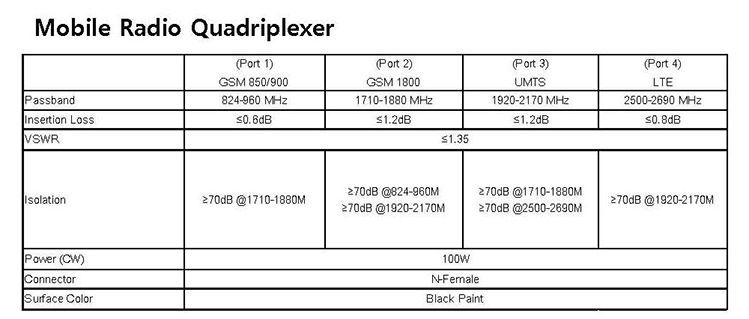
Diplexer vs. Duplexer: Key Differences #
- Duplexer: Utilizes two bandpass filters to protect each operating frequency band, offering superior isolation and noise rejection. However, this approach requires advanced technical skills and may not suit all development needs.
- Diplexer: Employs one low-pass and one high-pass filter to separate two frequency bands. This design is more flexible for closely spaced bands or wide bandwidths but provides only unilateral noise isolation, making it more susceptible to interference.
Function of RF Diplexer #
A diplexer combines RF filters to separate signals of different frequencies on a single antenna, allowing two devices to share a communication channel without interference. It typically consists of two filters (low-pass, high-pass, or band-pass) to ensure frequency separation.
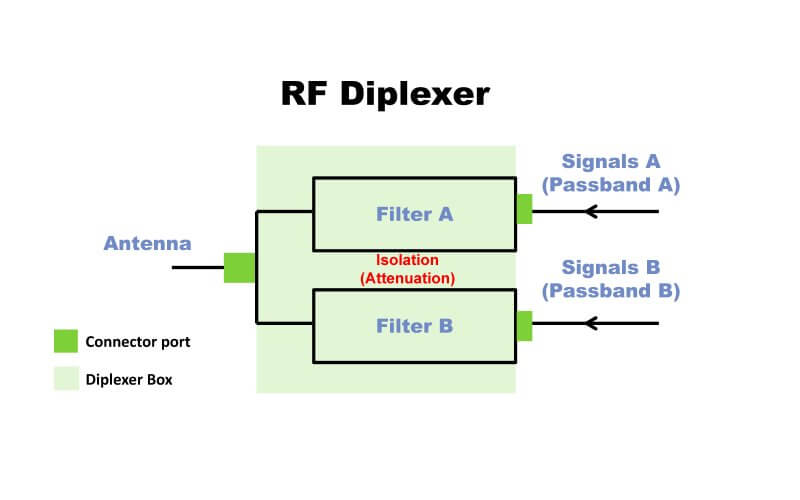
Function of RF Duplexer #
A duplexer separates transmitting and receiving paths, enabling bidirectional communication on the same channel—even for same-frequency signals. Its design, similar to a circulator, ensures isolation between ports and supports two-way communication without direct signal crossover.
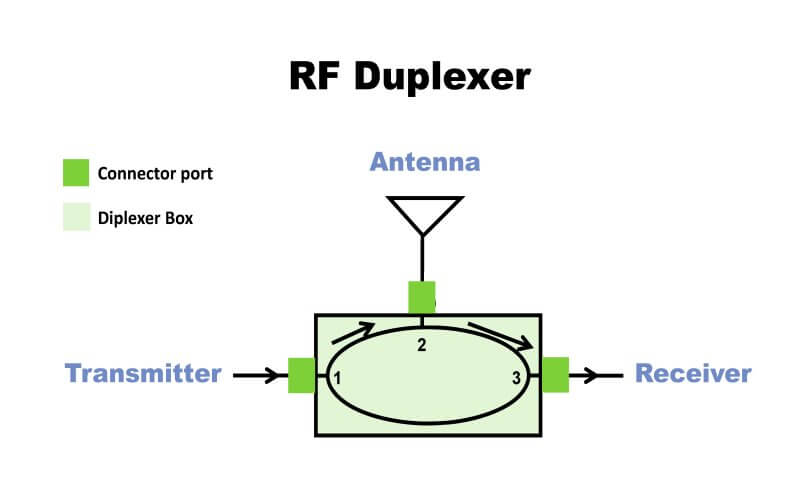
Common Applications for Temwell 5G Diplexers and Duplexers #
- Car receiver transmitters
- Base stations for transmission and reception
- RF high power transmitters
- Broadcasting equipment and TV
- Cable TV
Featured Application Solutions #
K Band Broadband Satellite Network #
 K Band Broadband Satellite Network
K Band Broadband Satellite Network
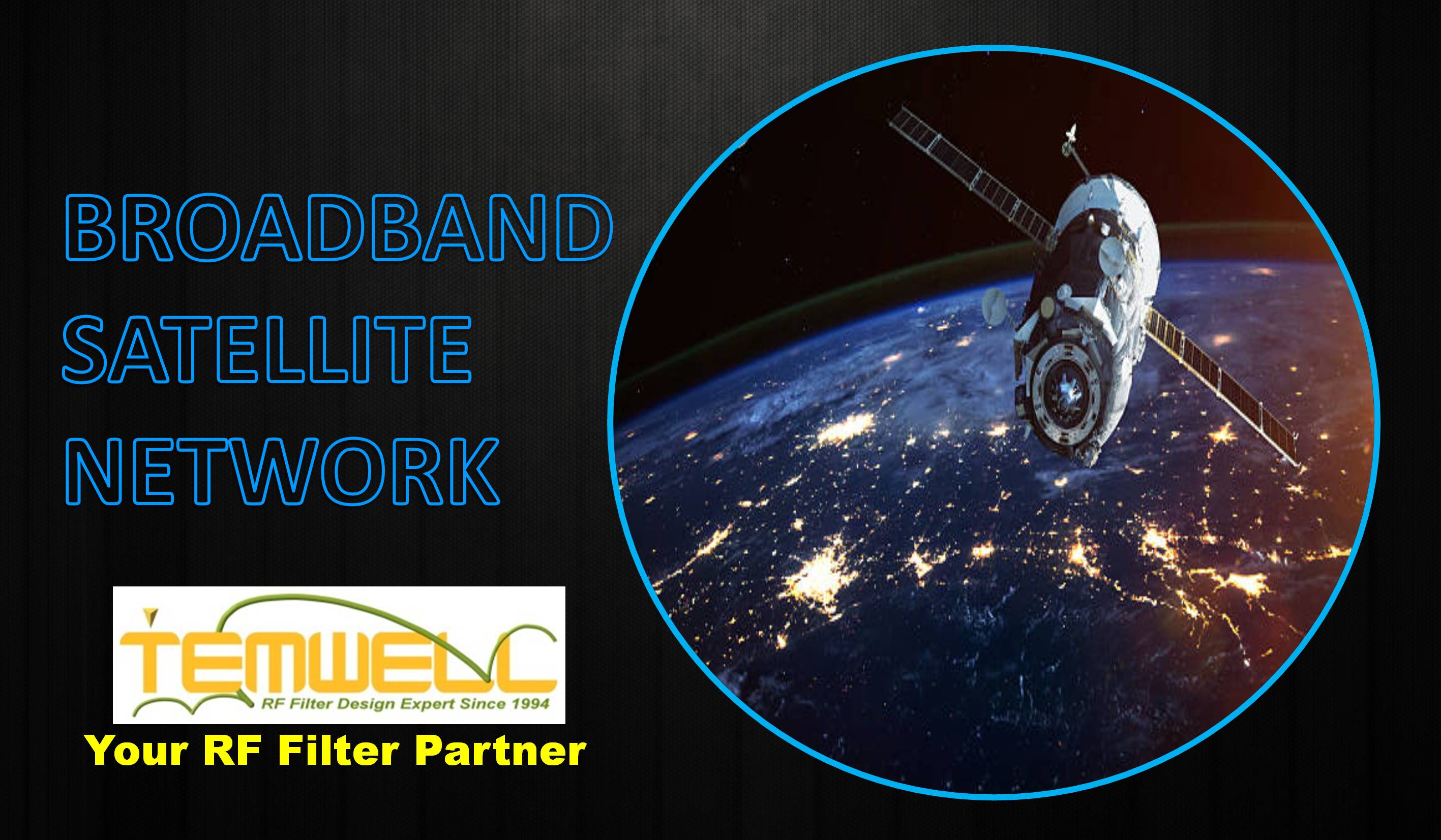 K Band Broadband Satellite Network
K Band Broadband Satellite Network
 K Band Broadband Satellite Network
K Band Broadband Satellite Network
 K Band Broadband Satellite Network
K Band Broadband Satellite Network
Drone & UAV System #
Radar #
AloT Module Design #
Additional Resources #
For further information or to discuss custom requirements, please reach out to Temwell’s team.
 Drone & UAV system
Drone & UAV system Drone & UAV system
Drone & UAV system Drone & UAV system
Drone & UAV system Drone & UAV system
Drone & UAV system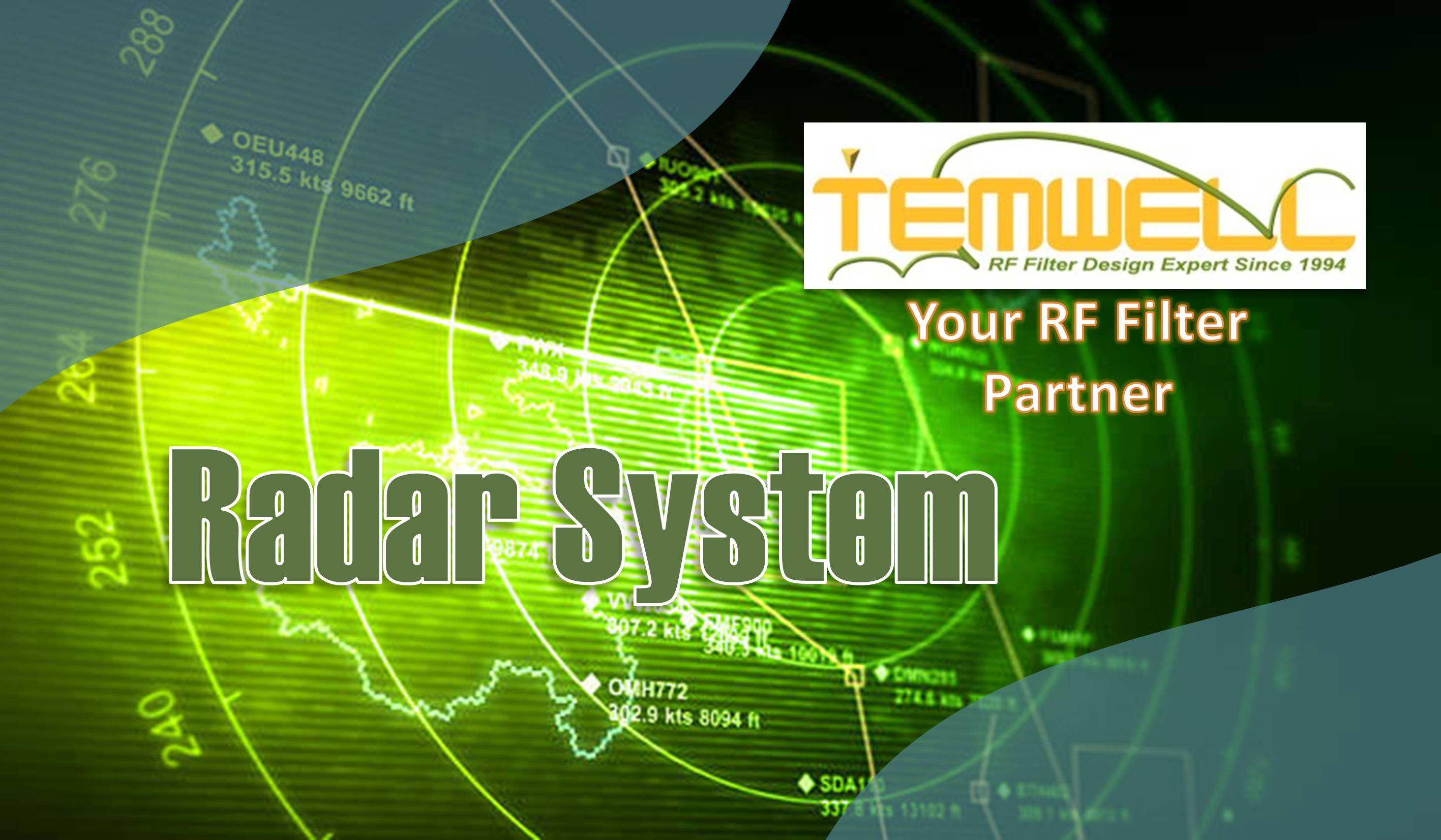 Radar
Radar Radar
Radar Radar
Radar Radar
Radar AloT module design
AloT module design AloT module design
AloT module design AloT module design
AloT module design AloT module design
AloT module design